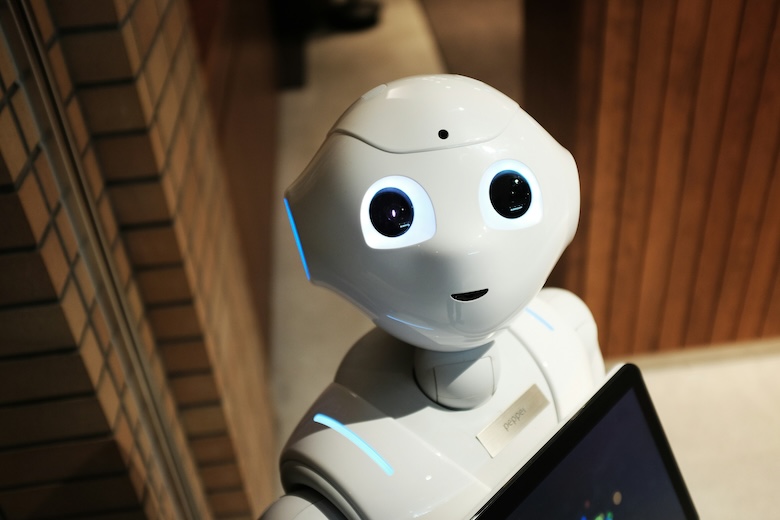
Humanoid robots are distinct from other robot types, primarily in their design and function. The main differences can be outlined as follows:
Design:
- Humanoid Robots: These robots are designed to resemble the human form, complete with a head, torso, two arms, and two legs. Their capabilities include imitating human movements and behaviors.
- Other Robots: These encompass a wide range of forms including factory robots, drones, industrial robots among others. They are specifically engineered for tasks such as manufacturing, surveillance or education.
Function:
- Humanoid Robots: Their primary purpose is to carry out tasks that humans do, simulate human motion and study human behavior.
- Other Robots: They are purposed for specific roles like performing industrial duties, conducting research experiments, facilitating education, providing entertainment or being used in aerospace applications.
In essence, humanoid robots strive to replicate human-like appearance and behavior for tasks necessitating such abilities. On the other hand, different types of robots are tailored for specialized functions according to their design and intended use.

